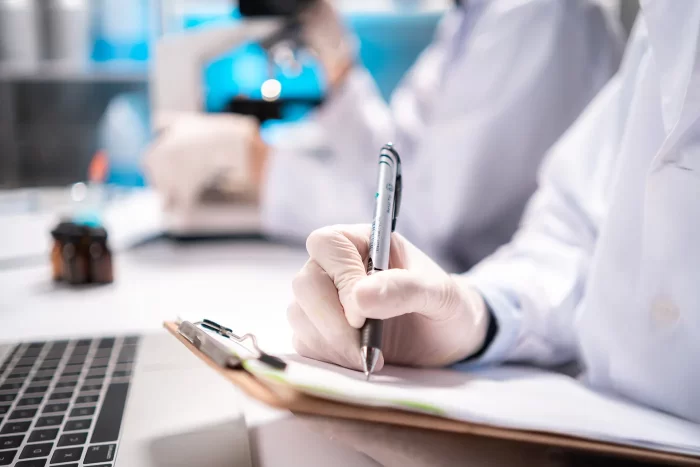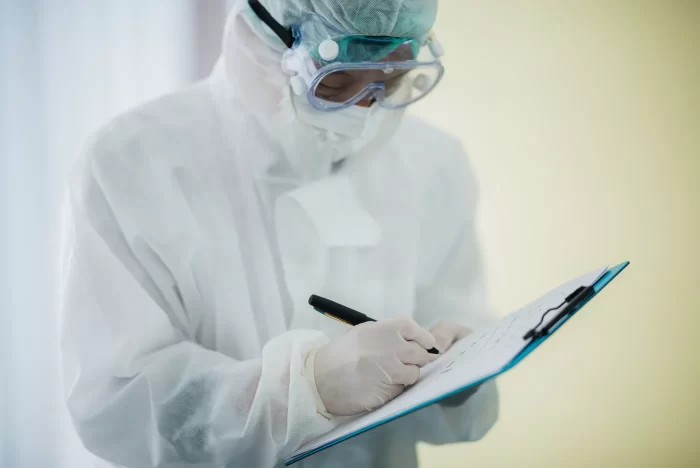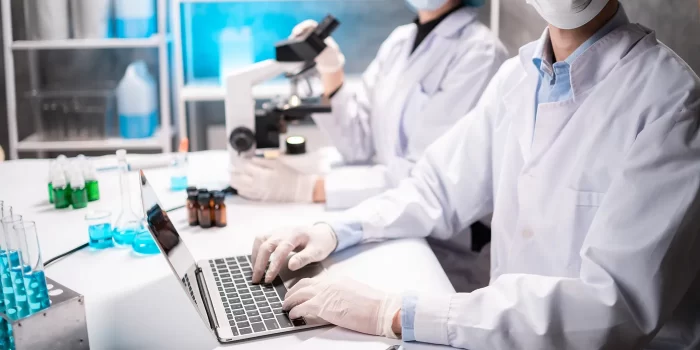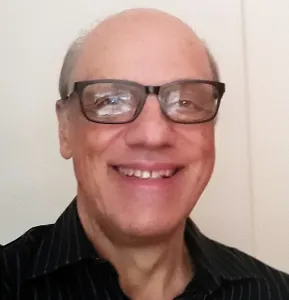How to guarantee the quality of translations in Life Sciences
mar 10 2023By Marcos Chiquetto

Nowadays, there is great demand for translations related to Life Sciences, mostly for medical products. In Brazil, for example, every new product that the medical industry releases in the market brings with it a large volume of text requiring translation: protocols of tests conducted on drugs for registration with the federal government, user manuals for medical equipment, package leaflets, etc.
− And does this kind of work have any specific characteristics?

Yes. Life Sciences translation has two specific features:
- The technical challenges of the translation, that is, the difficulty of understanding the text in the original language and writing the new text accurately in the target language with terminology that is not only correct but is the most accepted and widely used by professionals in the medical area.
- The responsibility inherent in the work, given that the correct or incorrect use of the product in this area may have a direct effect on a person`s health.
For this reason, Life Sciences translation has a special status in the global market. Those that order this kind of service expect a very high level of quality, and those that accept this work know that they are taking on a great responsibility.
− And how is this work carried out in a translation agency?
Well, this should be considered from a historical perspective. Let me tell how our translation agency, which has 37 years of experience, has dealt with this problem. When we began our operations, translators worked alone, and their translations were based primarily on their ability and their personal experience. Since then, the translation market has undergone a radical transformation and now the activity is only feasible using technological resources for productivity, standardization and collaboration.
We began working with Life Sciences translations back in the 1990s and we quickly recognized the complexity of this kind of work. At that time, the first problem we encountered was with technical terminology, which was mostly accessible only through translation dictionaries: thick hard-covered books used for years, which couldn’t be updated, not containing information on drugs, active principles or procedures created after the dictionary´s publication.
The pressing problem at that time was finding translators that were up to date with medical terminology and technology and were able to understand the texts based solely on their professional experiences. Our first idea was the most obvious one: use doctors as translators.
− And how did that work out? It must have been great!
It wasn’t great at all. We discovered that doctors don’t necessarily have the profile of translators. The professionals weren’t careful with details, didn’t like following instructions, and often didn’t produce texts with the required quality.
Fortunately, all our translation projects are subject to a quality control process−a revision by a high-level translator−for correction of translation details and to provide feedback to the translator and the project manager. The Life Sciences projects were also subject to this revision. Initially, the reviewers were intimidated, and were afraid to change the doctor’s texts. Nevertheless, they gradually acquired enough familiarity with these types of texts to be able to participate more actively in the process. From their feedback, we became aware of the problems with the doctors’ translations. At the same time, and during this same process, these translators were developing into specialized professionals for this type of content.
While this was happening, important changes were taking place in the world:
- On-line platforms, such as Google, became universal means for the exchange of information.
- Software tools were developed to aid translators with their work, such as translation memory systems and machine translation (see our articles on translation memory and machine translation).
With the popularization of platforms such as Google, purely factual knowledge, that is, information that doesn’t depend on analysis, became available to the general public, including up-to-date technical terminology. The name of any drug or active principle in any language stopped being restricted knowledge known only to doctors and became available to all.

On the other hand, with translation memory tools, a translator has a head start because he or she begins with a base created by previous work of other translators that includes research on terminology and the creation of stock phrases. With these changes, translations today have better quality and consistency. The translator doesn’t need to have professional experience as a doctor to be able to use the right terminology and write in the most appropriate technical style. And properly managed automatic translation can provide a pre-translation with a great deal of terminology already validated, making it easier for the translator to produce a final text that is consistent and standardized.
− So, then medical translation has become easy? There is no longer any problem?
No. What has happened is that terminology and consistency are no longer the biggest problems. Nevertheless, now that the level of quality has been raised regarding these two aspects, another problem has emerged: some translators perfectly understand the original text and turn out excellent translations, while others, who have also proven to be excellent professionals in other jobs, are not able to do the same. We’ve noticed that this is related to how familiar the professional is with scientific subjects. Certainly, this familiarity can come from an individual’s personal experiences, but, generally speaking, educational background is a good indicator. Translators who studied in an area of the sciences in school perform better with this kind of work.
− So, what was the solution?
The solution was to form a group of translators that are specialized in medicine, which was born long ago with that group of professionals who revised the translations done by doctors. These translators, not necessarily doctors, share the following characteristics:
- They are extremely competent and experienced translators.
- They are professionals with educational background in the sciences.
- They have extensive experience with medical translation, always receiving feedback from reviewers and clients.
Additionally, the project managers assigned to medical translations also have extensive experience in managing this type of work, which presents very specific demands.
− And how do you replenish or expand this group, given that the condition necessary to become a part of it is to have experience with this work?
We choose translators that meet the first two criteria listed above and train these professionals with this specific kind of work, giving them small translations, carefully revising their work, and providing them with feedback, until they have enough experience to enable them to become regular members of the team.
With this specialized group, our work in this area has maintained the level of quality demanded by the market. For more than 20 years we have been suppliers to one of the world’s largest global translation agencies, specialized in translations related to Life Sciences, always meeting their rigorous standards.
This translates into something that can be understood in the literal sense of the words: know-how.

Marcos Chiquetto is an engineer, Physics teacher, translator, and writer. He is the director of LatinLanguages, a Brazilian translation agency specialized in providing multilingual companies with translation into Portuguese and Spanish.




